Cats are fascinating creatures with numerous unique features, but perhaps one of the most intriguing is their ability to purr. Unlike any other animal, domestic cats produce a complex and soothing sound that has long captured the curiosity of scientists and pet owners alike. This article will delve into the intricacies of purring, exploring how it works and how it affects the health of these feline friends.
The Basics of Purring
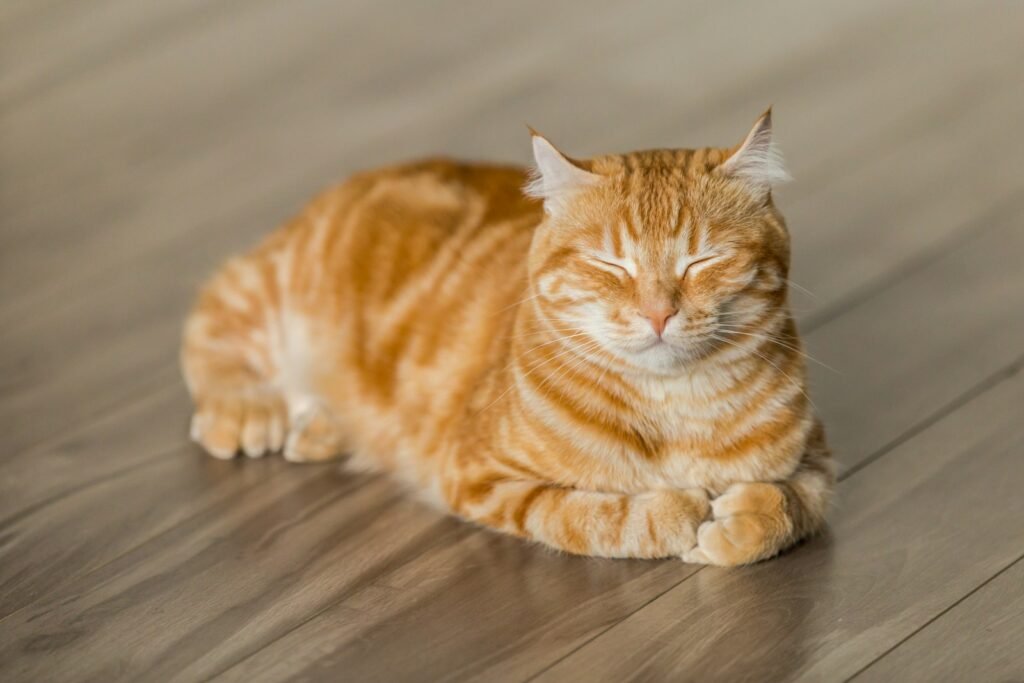
Purring is a low-frequency sound, typically between 25 and 150 Hertz, generated by cats through a repetitive and rhythmic cycle of inhalation and exhalation. This sound is often associated with contentment, but it occurs in various situations, including when a cat is frightened or in pain. This complexity makes the purring mechanism a multifaceted tool in a cat’s repertoire.
Anatomy of a Purr: How Cats Produce the Sound
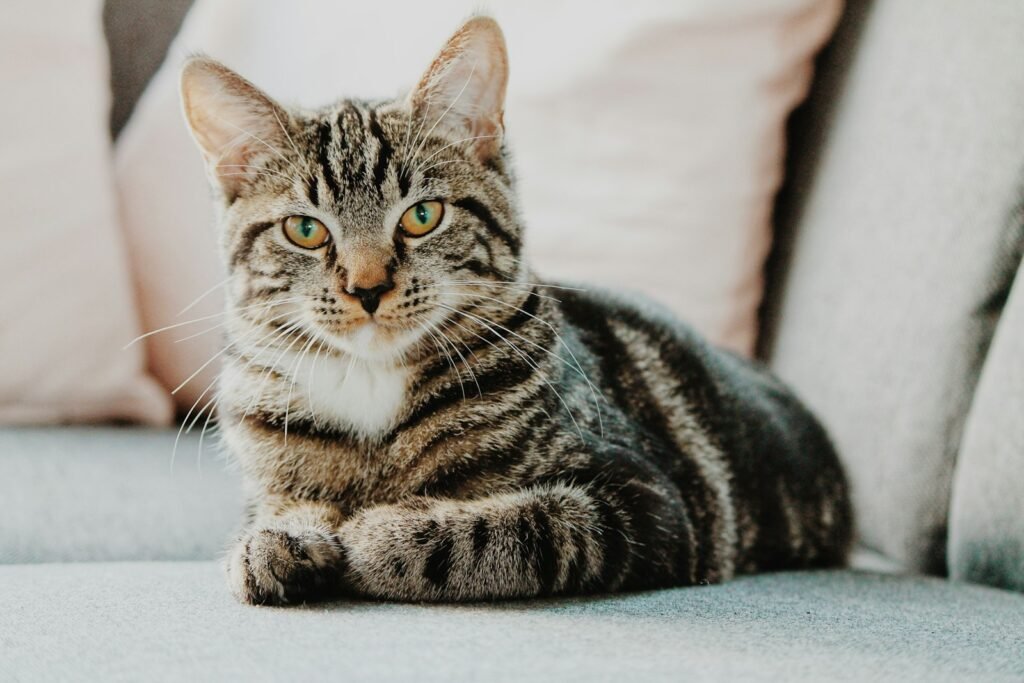
The purring sound originates deep within a cat’s throat, involving a unique combination of neural oscillators and laryngeal muscles. The brain sends signals to the laryngeal muscles, causing them to twitch at a rapid pace. This twitching leads to a sudden separation of the vocal cords during both inhalation and exhalation, producing the purring sound.
Purring Across Different Cat Species

While domestic cats are the most well-known purrers, they are not alone in this ability. Some other species of the Felidae family, like pumas and cheetahs, can also purr. Notably, big cats such as lions and tigers do not purr in the same way, further highlighting the uniqueness of this behavior in certain feline species.
The Connection Between Purring and Cat Health

Purring is often linked to various health benefits for cats. It is believed to be a self-soothing mechanism that helps in stress reduction and comfort. Studies suggest that the low-frequency vibrations produced during purring may have a healing component, potentially aiding in pain relief and the recovery of injuries.
Purring as a Means of Communication

While commonly interpreted as a sign of contentment, purring also serves as a form of communication. Cats may purr when they are hungry or want attention, using the sound to convey a needs-based message to humans or other animals. This aspect of purring underscores its utility in feline social behavior.
The Therapeutic Effect of Purring on Humans
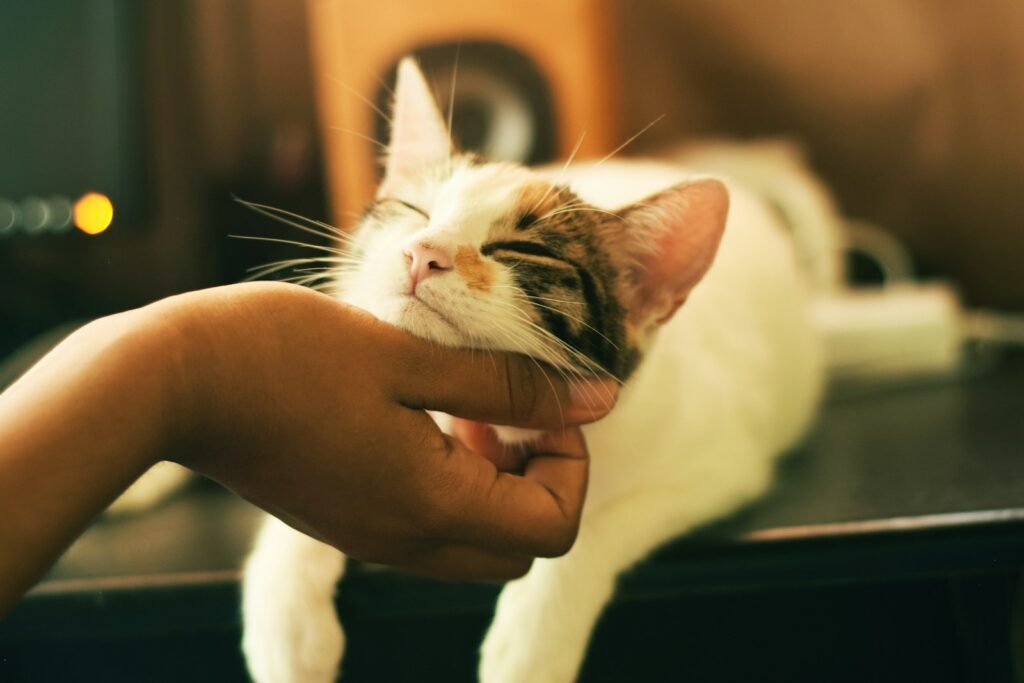
Cats are often welcomed into homes not only for companionship but also for the calming effect they have on their human owners. The soothing nature of a cat’s purr can lead to reduced stress and anxiety levels in people, acting as a form of auditory therapy that promotes relaxation and emotional well-being.
Purring and Its Impact on Bone and Tissue Healing
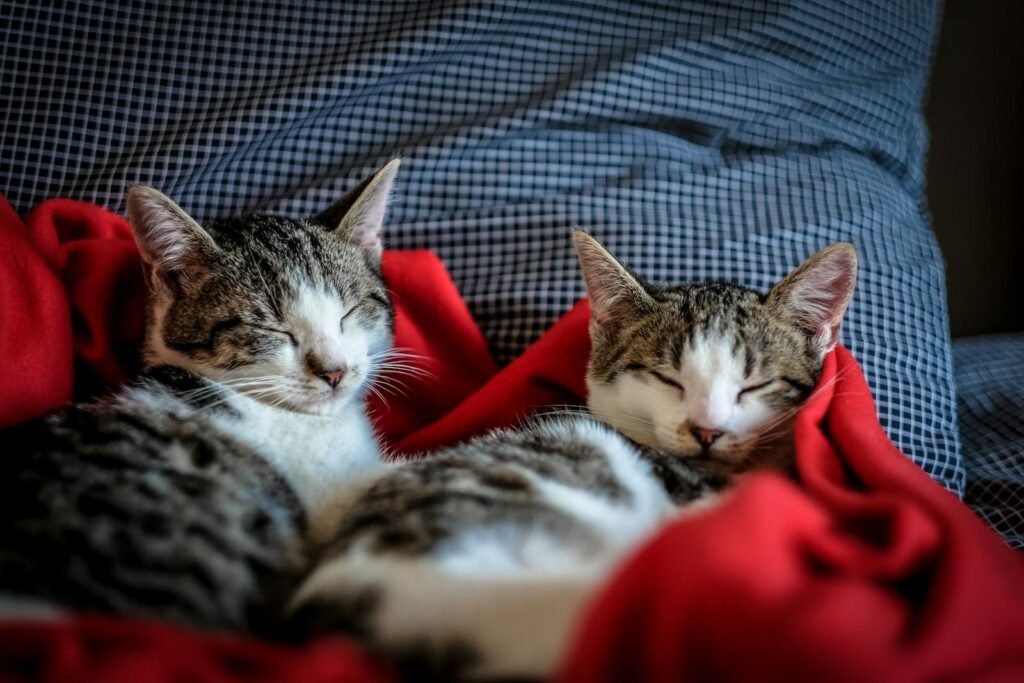
Studies have shown that sound frequencies in the range of 25 to 150 Hertz, similar to a cat’s purr, can improve bone density and promote healing in tissues. This has led to the hypothesis that purring may facilitate stronger bones and help in the healing of torn or damaged muscles in cats, thus contributing significantly to their physical health.
Debunking Myths: Common Misunderstandings About Purring
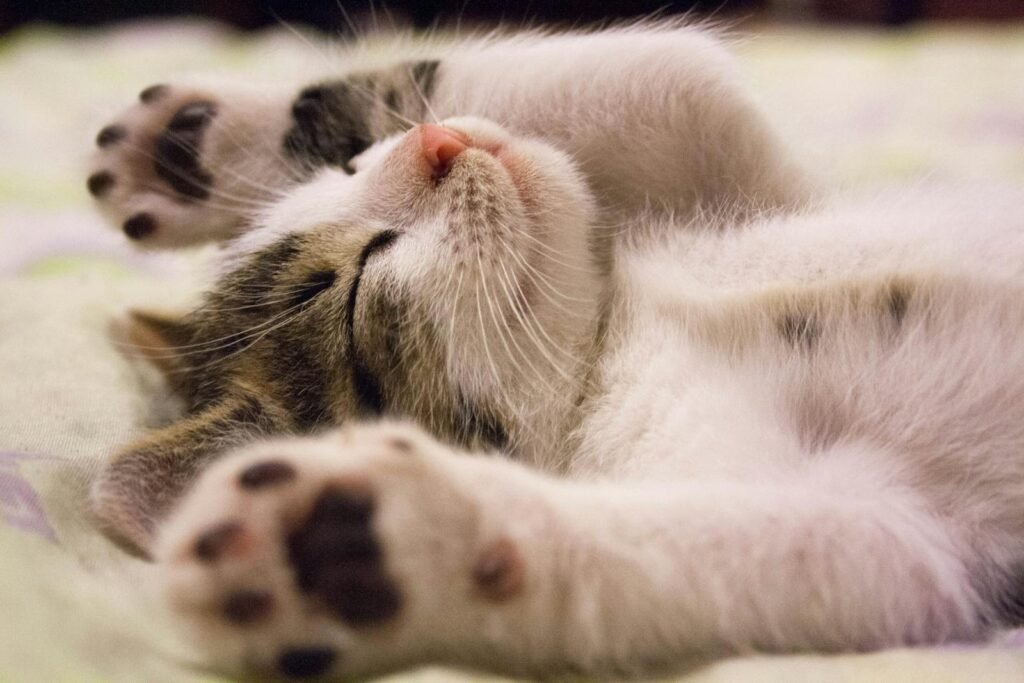
Despite the abundance of research, several myths about purring persist. One common misconception is that a purring cat is always happy. While purring often accompanies satisfaction, cats also purr when frightened, ill, or injured, indicating that purring can also reflect distress or a need for help.
The Future of Purring Research
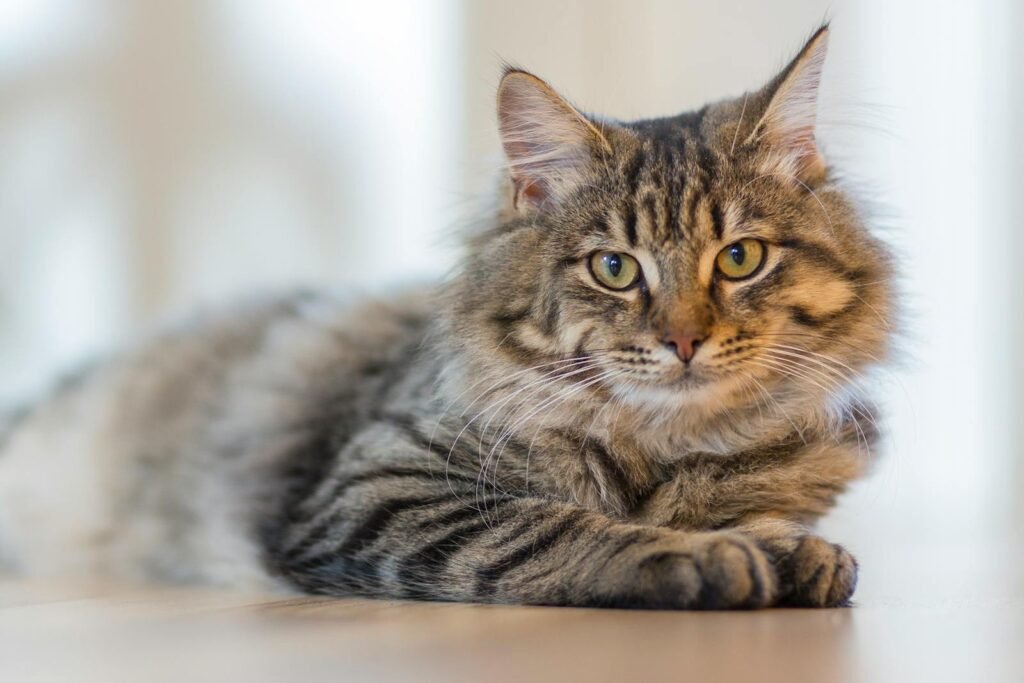
As scientific inquiry continues, researchers are working to unravel more mysteries of the purring phenomenon. Future studies aim to explore the full extent of the health benefits of purring, particularly its potential applications in veterinary medicine and its parallels in human health therapies. As we deepen our understanding, purring remains one of nature’s captivating puzzles, holding more secrets about the emotional and physiological lives of cats than we have yet discovered.
Conclusion: The Enigmatic Power of a Cat’s Purr
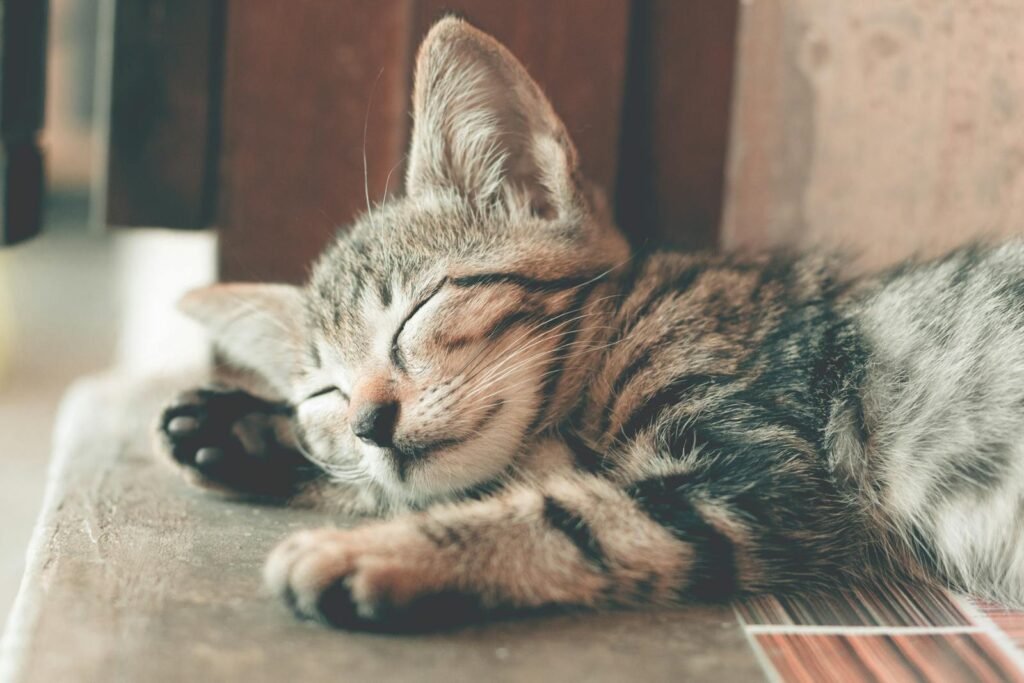
In conclusion, the purring mechanism in cats is a remarkable biological feature with profound implications for their health and well-being. From providing comfort and healing to serving as a mode of communication, purring is a versatile tool that underscores the complexity of feline behavior. As research continues to unfold, we anticipate gaining new insights into the purring mechanism and its benefits for both cats and humans, further enriching our understanding and appreciation of these beloved pets.
Hi, I’m Bola, a passionate writer and creative strategist with a knack for crafting compelling content that educates, inspires, and connects. Over the years, I’ve honed my skills across various writing fields, including content creation, copywriting, online course development, and video scriptwriting.
When I’m not at my desk, you’ll find me exploring new ideas, reading books, or brainstorming creative ways to solve challenges. I believe that words have the power to transform, and I’m here to help you leverage that power for success.
Thanks for stopping by, Keep coming to this website to checkout new articles form me. You’d always love it!






